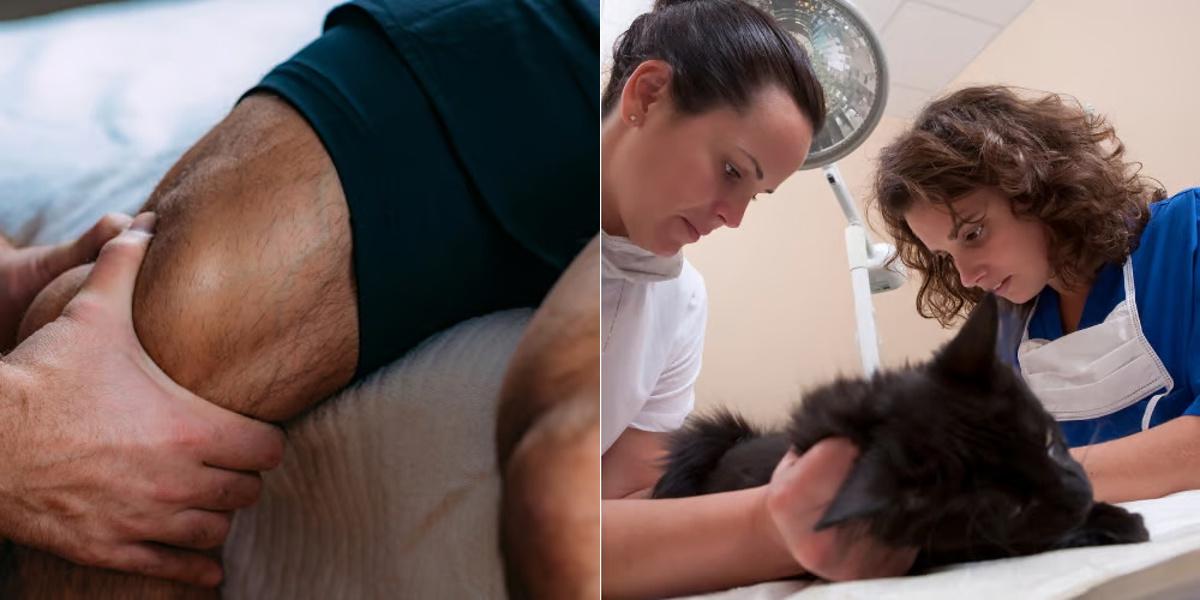Massage Therapist vs Veterinary Assistant

Key Points:
- Massage Therapists provide therapeutic massage to clients; Veterinary Assistants support veterinarians in caring for animals.
- Massage Therapists typically earn higher salaries than Veterinary Assistants, with median annual pay being higher.
- Both fields have growing job markets.
- Massage Therapists often require in-person training, while Veterinary Assistants may have the option of online or in-person programs.
- Massage Therapy training is generally more expensive and takes longer to complete compared to Veterinary Assistant programs.
In today's blog post, we will be comparing two popular vocational career options: Massage Therapist and Veterinary Assistant. Both of these professions require a unique set of skills and offer rewarding career paths. If you are considering a career in the healthcare industry or have a passion for working with animals, this blog post will help you understand the differences between these two professions and make an informed decision about which path is right for you.
Massage Therapist vs Veterinary Assistant: Career Outlook and Salary
Massage Therapist Career Outlook:
- According to the Bureau of Labor Statistics, the employment of massage therapists is projected to grow 21 percent from 2019 to 2029, much faster than the average for all occupations. This growth is attributed to an increased demand for massage therapy as a form of relaxation and stress reduction.
- The median annual wage for massage therapists was $43,620 in May 2020, with the highest 10 percent earning more than $80,630.
Veterinary Assistant Career Outlook:
- The employment of veterinary assistants is projected to grow 16 percent from 2019 to 2029, much faster than the average for all occupations. This growth is attributed to an increasing number of pet owners and the need for veterinary services.
- The median annual wage for veterinary assistants was $28,590 in May 2020, with the highest 10 percent earning more than $41,490.
Final Thoughts
Both massage therapy and veterinary assisting are rewarding career paths that offer the opportunity to make a positive impact on the lives of others. Whether you choose to become a massage therapist or a veterinary assistant, it is important to consider your interests, skills, and career goals. Take the time to research and explore these professions, and consider talking to professionals in the field to gain a better understanding of the day-to-day responsibilities and job satisfaction. Ultimately, the right choice for you will depend on your individual preferences and aspirations.
Dreambound has strategically placed its educational programs in various locations, making it easy for aspiring individuals to access valuable opportunities. For a thorough insight into the dynamic realms of these two vocations, we encourage you to delve into more detailed information by visiting:

Harold Roldan is a Growth team member at Dreambound. With a background in IT, he works with data and automation to improve team efficiency and workflows. He spends his free time playing musical instruments or studying data, computers, and technology.




